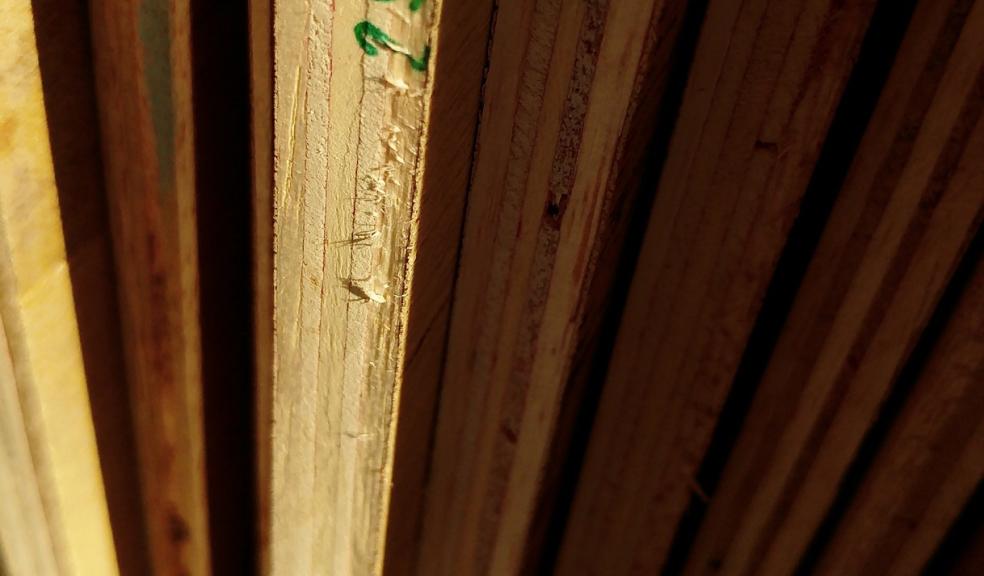
Exploring the Best Alternatives to Plywood for Your Projects
In construction and DIY, plywood has long held its own as a favoured material. Celebrated for its adaptability, resilience, and polished finish, plywood often comes as a first choice for contractors and passionate DIY practitioners https://sheetmaterialswholesale.co.uk/sheet-materials/plywood
But the modern-day reality of disrupted supply chains and spiralling prices has made plywood somewhat elusive. This necessitates the search for fitting substitutes. Before delving into these alternatives, let's first understand the essence of plywood.
Deciphering Plywood
At its core, plywood is an engineered material birthed from thin layers, or "plies", of wood veneers. These veneers are meticulously bonded together under intense pressure. The magic lies in the arrangement of these layers – each ply is set with its grain running perpendicular to its neighbours, endowing the plywood with its characteristic strength, stability, and occasional flexibility.
The number of plies used determines a plywood sheet's final thickness and sturdiness. While it's a staple in construction and furniture design, it's also available in various sizes, grades and sometimes even features a decorative veneer for an aesthetic boost. However, its premier quality often comes with a heftier price tag, which can be prohibitive for budget-conscious endeavours.
Plywood's availability has been severely affected by a slew of events, ranging from the global pandemic to wildfires in major production regions.
Why is There a Plywood Shortage?
- Pandemic: The global disruption caused by COVID-19 led to a substantial reduction in sawmill activities, translating to a sharp decline in plywood production.
- Log Shortage: Weather extremities combined with the pandemic aftermath saw European logging activities plummet from 2020, causing a material scarcity.
- Wildfires: The already dwindling plywood stocks faced another blow when vast forested regions fell prey to rampant wildfires.
- Brexit: The UK's exit from the EU introduced bureaucratic challenges in timber importation, coupled with the depreciating value of the British pound, making plywood imports costlier.
Diving into the Alternatives
You're not alone if you're surprised to learn that there are worthy contenders to replace plywood. Depending on your project specifics, some of these might even be more fitting in function and cost.
- Oriented Strand Board (OSB): Crafted from wooden strands arranged in strategic patterns and glued together, OSB is famed for its strength, affordability, and eco-friendliness. Ideal for wall sheathing, roofs, and subfloors.
- Polyurethane Board: Often dubbed as PU board, it's a foam insulation product composed of polyurethane. Known for its excellent thermal insulation, water resistance, and ease of installation.
- Medium Density Fibreboard (MDF): An engineered wood byproduct made by fusing wood residuals with wax and resin. With a surface devoid of knots and grains, it's a preferred choice for furniture, cabinets, and decorative features.
- High-Density Fibreboard (HDF): A stronger sibling to MDF, HDF boasts superior strength and density, making it apt for construction projects and furniture crafting.
- Solid Wood: The classic choice, solid wood is unparalleled in its natural charm and versatility. However, its usage might be contested due to sustainability concerns.
- Particle Board: This engineered wood variant is birthed from particles and fibres fused with synthetic resins. Though cost-effective and uniform, it is comparatively less durable than plywood, especially in moist conditions. It's imperative to note that specific particle boards may contain formaldehyde, which can be detrimental to health.
In conclusion, while plywood's dominance in construction is uncontested, these alternatives provide viable options for different project requirements and budgets. With the right choice, one can achieve the desired results without compromise.









